Governors and their outdoor recreation staff are constantly exploring strategies to leverage their unique natural, cultural and historical resources to improve access to and help promote the economic, social and environmental benefits of outdoor recreation.
State Parks and Outdoor Recreation Websites
NGA Resources
Maine – Innovative Travel, Tourism, and Outdoor Recreation Case Study

The below case study was developed through a NGA partnership with Oregon State University’s Center for the Outdoor Recreation Economy to research and assess the Travel, Tourism and Outdoor Recreation ...
North Dakota – Innovative Travel, Tourism, and Outdoor Recreation Case Study
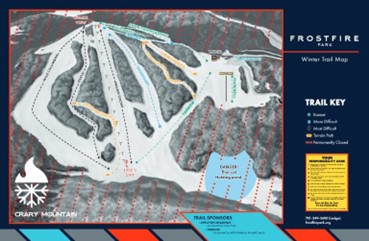
The below case study was developed through a NGA partnership with Oregon State University’s Center for the Outdoor Recreation Economy to research and assess the Travel, Tourism and Outdoor Recreation ...
Hawai‘i – Innovative Travel, Tourism, and Outdoor Recreation Case Study
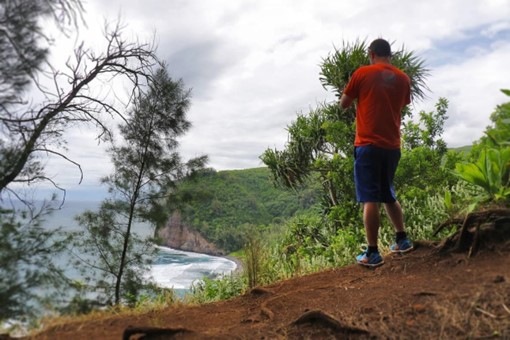
The below case study was developed through a NGA partnership with Oregon State University’s Center for the Outdoor Recreation Economy to research and assess the Travel, Tourism and Outdoor Recreation ...
West Virginia – Innovative Travel, Tourism, and Outdoor Recreation Case Study
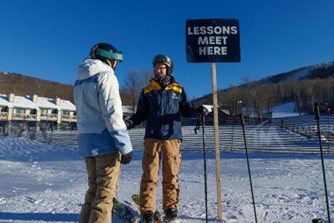
The below case study was developed through a NGA partnership with Oregon State University’s Center for the Outdoor Recreation Economy to research and assess the Travel, Tourism and Outdoor Recreation ...
Colorado – Innovative Travel, Tourism, and Outdoor Recreation Case Study

The below case study was developed through a NGA partnership with Oregon State University’s Center for the Outdoor Recreation Economy to research and assess the Travel, Tourism and Outdoor Recreation ...
Indiana – Innovative Travel, Tourism, and Outdoor Recreation Case Study
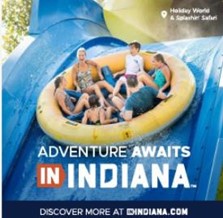
The below case study was developed through a NGA partnership with Oregon State University’s Center for the Outdoor Recreation Economy to research and assess the Travel, Tourism and Outdoor Recreation ...
Innovative Travel, Tourism, and Outdoor Recreation Awards
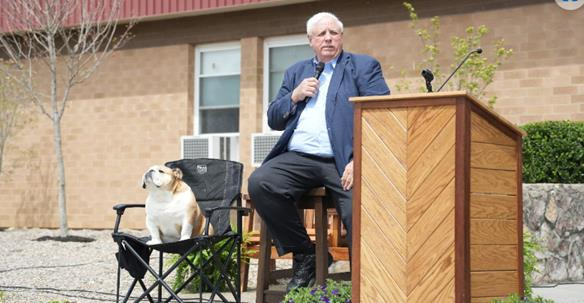
This report is about the travel, tourism and outdoor recreation (TTOR) grants made by the U.S. Department of Commerce’s Economic Development Administration (EDA) based on the American Rescue Plan Act ...
Leveraging Outdoor Assets in the Travel, Tourism, and Outdoor Recreation Sectors
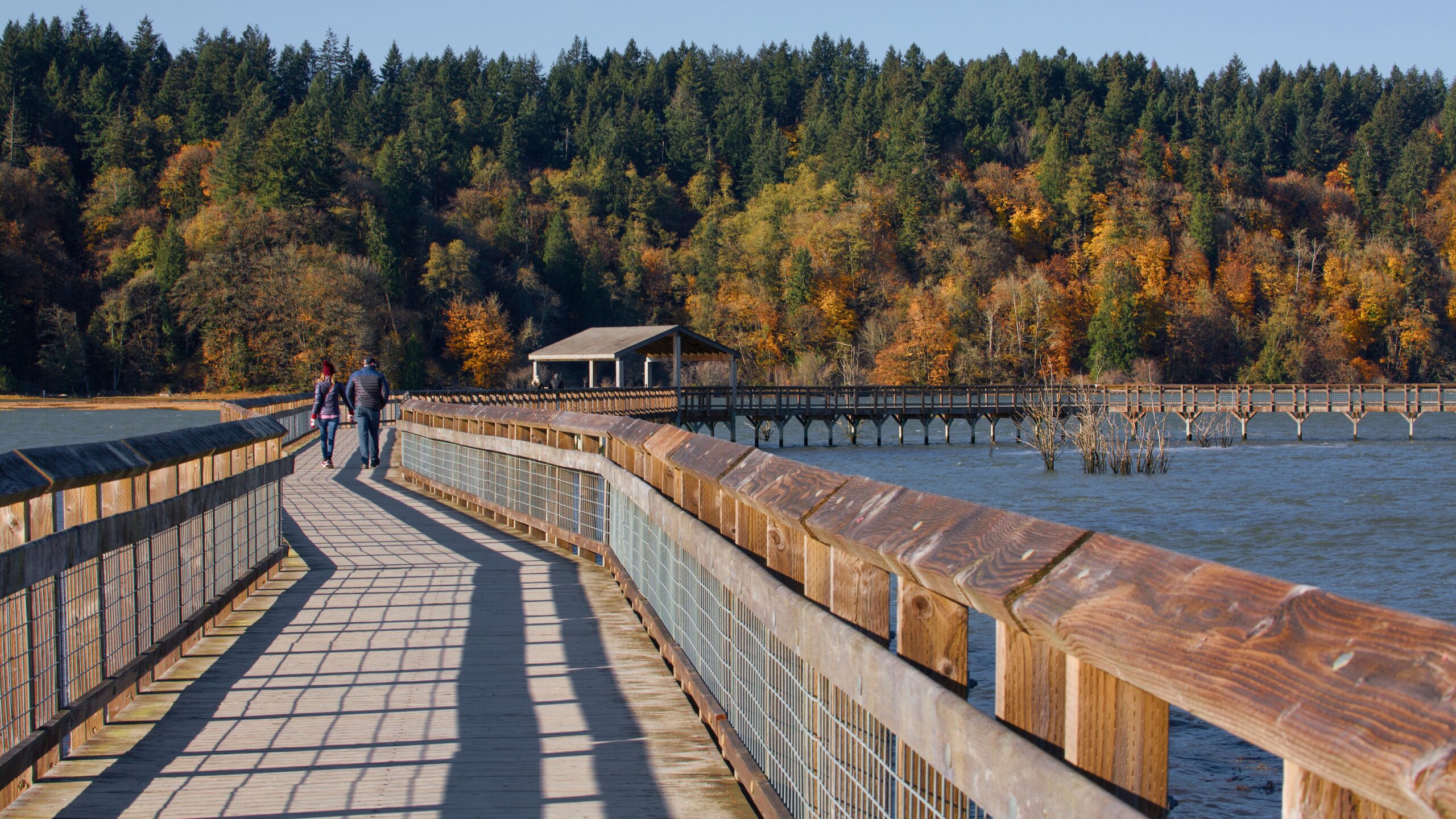
On Wednesday, December 13th NGA hosted its fourth and final webinar in a four-part series highlighting innovative and replicable projects that are funded by the U.S. Economic Development Administration’s Travel, ...
Accessibility Innovations in Travel, Tourism and Outdoor Recreation
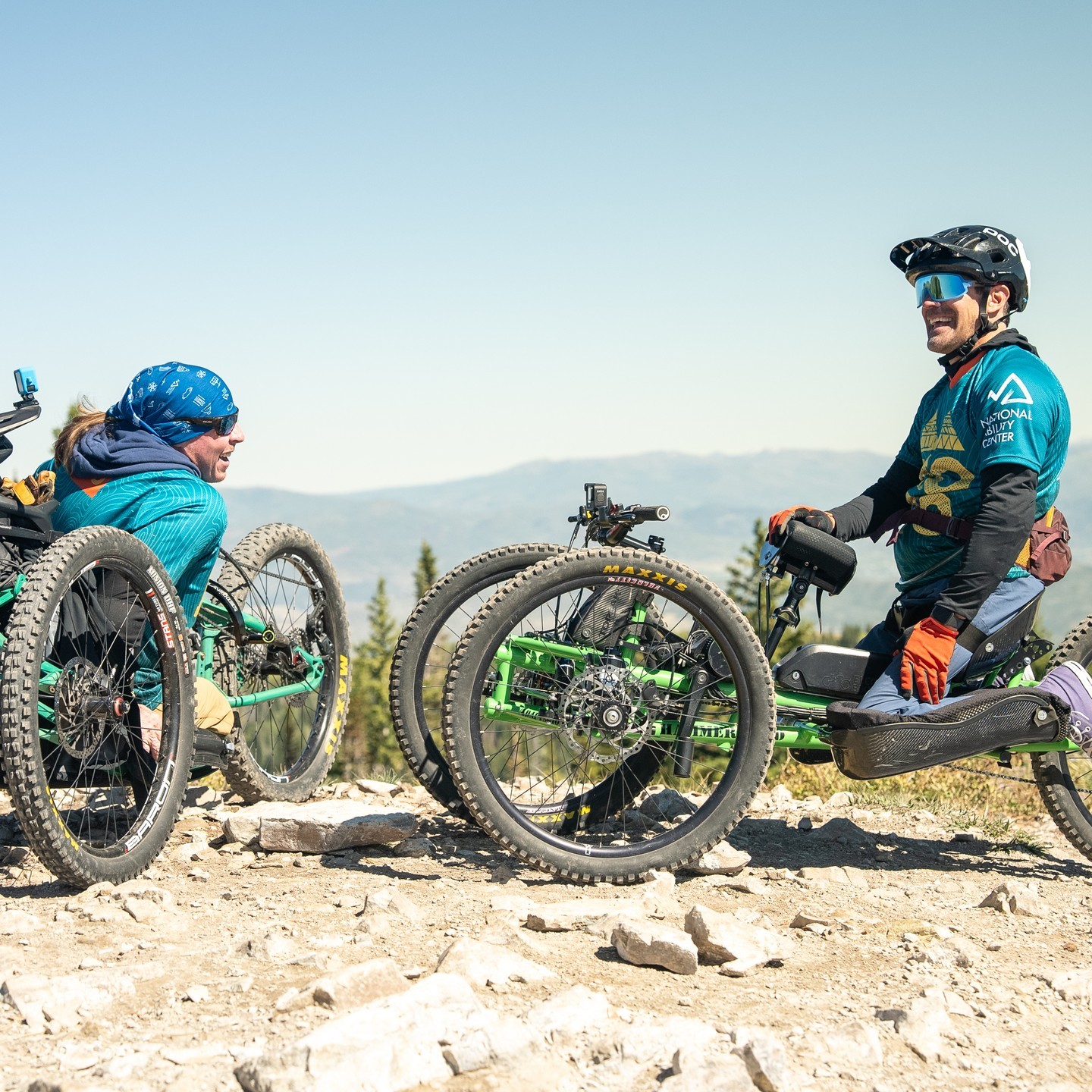
States, territories and tribal governments are innovating to make travel, tourism and outdoor recreation more accessible and equitable. With increasing awareness of the well-documented health and wellness benefits of travel ...












